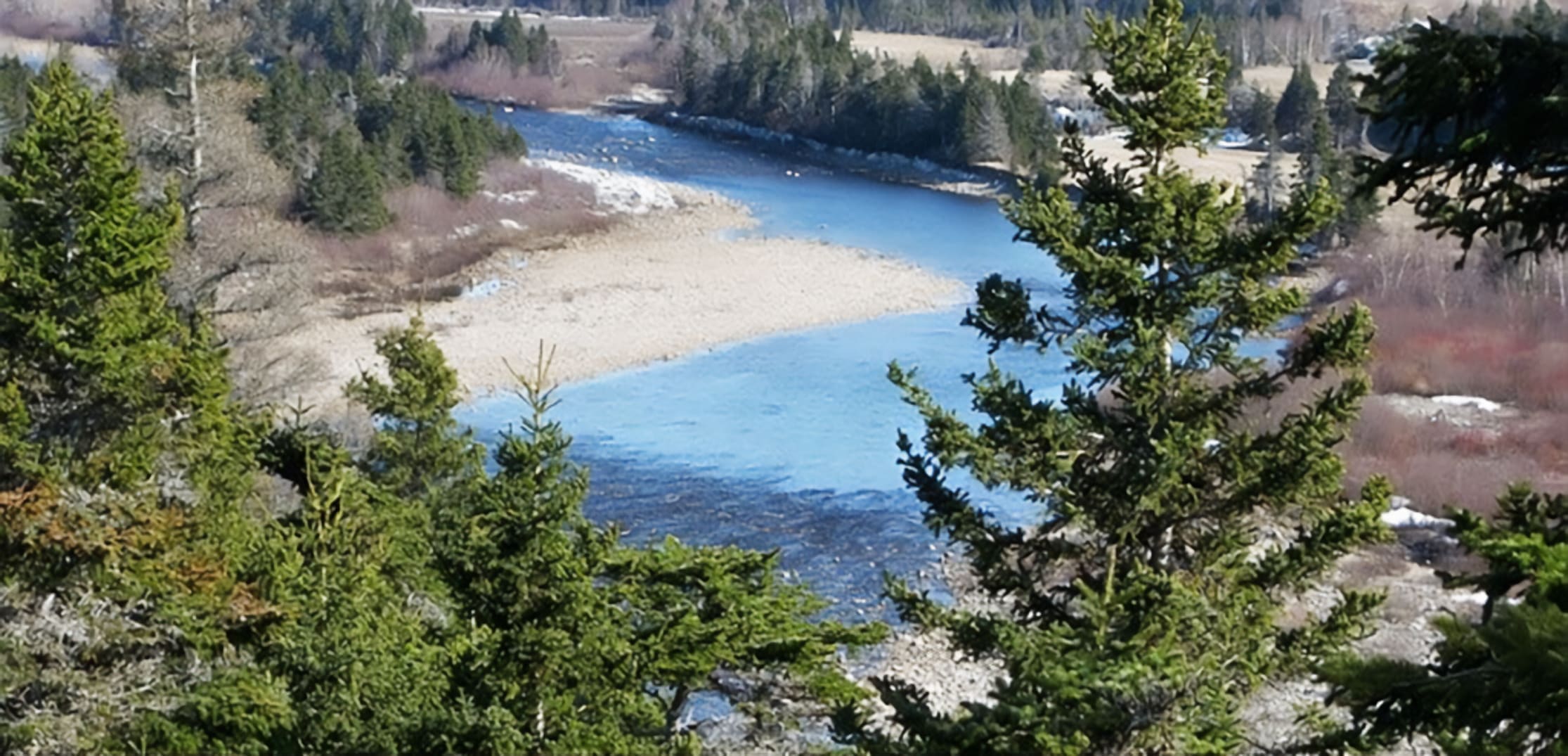
The Newfoundland T’Railway Council is a non-profit organization that aims to develop a recreational trail from St. John’s to Port aux Basques by using the former Canadian National railway line. The council aims to promote multi-use trail development while preserving abandoned railway lines for future use, such as hiking, biking, equestrian, snowmobile, ATV, and cross-country ski trails.
Other activities like dog sledding and snowshoeing may also be appropriate in some regions. The trail is known as the Newfoundland T’Railway Provincial Park and extends for 883 km (548 miles), linking urban, rural, and wilderness areas. This park is an integral part of the Newfoundland section of the Trans Canada Trail, which stretches from St. John’s, NL, to Victoria, BC, and Tuktoyaktuk, NWT. The Trans Canada Trail, once complete, will be the longest continuous trail in the world, spanning more than 22,000 km. The Newfoundland T’Railway Council is a non-profit organization that aims to create a recreational trail using the former Canadian National railway line from St. John’s to Port aux Basques. The organization’s goal is to promote the development of multi-use trails while also preserving abandoned railway lines for future use, such as hiking, biking, equestrian, snowmobile, ATV, and cross-country ski trails.
Other uses, such as dog sledding and snowshoeing, may also be appropriate in certain regions. The rail bed route, known as the Newfoundland T’Railway Provincial Park, spans 883 km (548 miles), connecting urban, rural, and wilderness areas. The park is part of the Trans Canada Trail, stretching from St. John’s, NL to Victoria, BC and Tuktoyaktuk, NWT. Upon completion, the Trans Canada Trail will be more than 22,000 km long, making it the world’s longest continuous trail.
Our long-term goal at the Newfoundland T’Railway Council is to ensure the sustainable development and preservation of the T’Railway, maintaining its ecological integrity and cultural significance while securing its role as a recreational haven for both present and future generations. Maintaining this extensive trail network is costly and challenging, particularly with natural obstacles like spring runoff and beaver activity.

LINKS
NEWS
A green summer: Newfoundland and Labrador youth at forefront of environmental, cultural sustainability – The Telegram
by Canadian Trails | Aug 22, 2020 | Canadian Trails Federation, Newfoundland
Premium contentJuanita Mercer(juanita.mercer@thetelegram.com) Kids these days. Just look at them: Here’s 16-year-old Liam French tidying trails at O’Brien Farm in St. John’s, and there’s 19-year-old Willa Neilsen cleaning up the beach in North West River. These...
ACOA investments support jobs, growth and opportunities for Indigenous communities across Atlantic Canada – Mirage News
by Canadian Trails | Aug 11, 2020 | Canadian Trails Federation, Newfoundland
From: Atlantic Canada Opportunities Agency Backgrounder As we walk the road of reconciliation together, the Government of Canada remains strongly committed to creating economic opportunities for Indigenous businesses and communities. Today, René Arseneault,...

